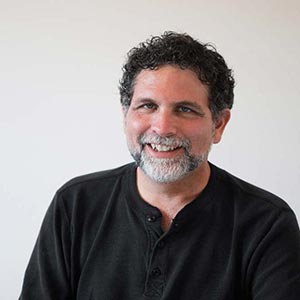 Martin Heidegger, the 20th century German philosopher, believed that for thousands of years human beings had misidentified the nature of what it means ‘to be.” From the time of the great Greek thinkers the fundamental nature of ‘being’ was thought to be substance. All of reality was made up of substances. In other words, we live in a universe made of ‘stuff’ of one kind or another.
Martin Heidegger, the 20th century German philosopher, believed that for thousands of years human beings had misidentified the nature of what it means ‘to be.” From the time of the great Greek thinkers the fundamental nature of ‘being’ was thought to be substance. All of reality was made up of substances. In other words, we live in a universe made of ‘stuff’ of one kind or another.
This doesn’t make you necessarily a materialist. A materialist believes that the stuff that the entire universe is made of is physical in nature. An idealist believes that the stuff that the universe is made up of is mind. In either case mind or matter are both thought of in terms of being a substance – a kind of stuff. Martin Heidegger believed that there were actually three modes of being. Substance was one of them and the other two could be thought of as utility and existence.
The first mode of being is substance. A substance is a kind of stuff and that stuff has certain properties and characteristics. Wood is a substance. It has certain properties and characteristics. It has hardness, it burns, etc. The properties of a substance are intrinsic to that substance.
The second mode of being is utility and this has to do with “being for something.” It is the mode of being a tool or equipment. Heidegger’s famous example is a hammer. As a substance, a hammer is a piece of wood with another piece of shaped metal on one end. The ‘substance’ of the hammer has intrinsic properties. It has heaviness, it has smoothness on its surfaces, etc. But those intrinsic characteristics do not make it a hammer. This object only becomes a hammer when it is recognized to be a hammer by someone who knows what it is used for and lives in a world which would allow it to be used. The characteristics of the mode of being of the hammer’s utility are not intrinsic to the hammer – they are contextual to the entity that would use it and the world in which it would be used. A hammer is just a piece of wood and metal until it appears in a world with people who know how to use it and are capable of using it. Then it becomes a hammer.
Imagine a computer that somehow was left in the jungle among a primitive tribe that had no idea about what a computer is and lacks the electricity to run it. It isn’t a computer in that world, it is just a thing. Maybe someone will use it as a table. Then it will become a table and not be a computer at all. If someone from a developed countery came to that village they would recognize the object for what it could be, but in order to turn it back into a computer that person would have to bring it back into the world that had the electricity to run it so that it could become a computer once again.
The third mode of being Heidegger talks about as ‘existence’ and he reserves this mode of being only for self-reflective beings that are able to “take a stand on their being.” Human beings for instance can take a stand – can choose – to be a particular kind of human being. We can be doctors, mothers, carpenters, teachers, friends, enemies – and all of these are modes of being. We act differently depending on which one of these we take a stand on – or identify ourselves with. So the mode of being of ‘existence’ is the mode of being of ‘being able to identity with a mode of being.’ The characteristics of the mode of being of existence are not merely intrinsic to the person or contextual to the circumstances – they are at least in part chosen – consciously or unconsciously – as a stand, an identity that is being adopted. Perhaps we could say that the mode of being of existence is the ability to take on different modes of being.
Heidegger believed that understanding that there were actually three modes of being and not merely one was the solution to many of humanities philosophical problems. In his masterwork, Being & Time, he tries to work out at least some of these solutions.
